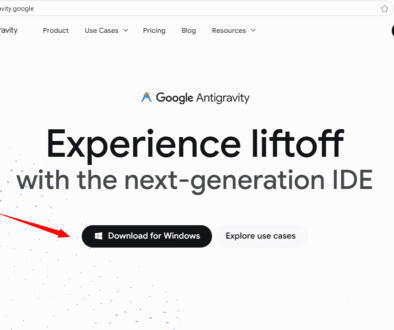Generative AI Tools Stack
Generative AI Tools Stack
The Generative AI (Gen AI) Tools Stack refers to the layered ecosystem of technologies, platforms, and tools used to develop, deploy, and manage generative AI applications—systems that can create new content such as text, images, audio, video, or code. This stack is typically organized into several key layers, each serving a distinct purpose in the Gen AI development lifecycle.
Foundation Models (Base Layer)
These are large pre-trained models developed by AI research labs or tech giants. They serve as the core “intelligence” that powers generative applications.
- Examples:
- Text: GPT-4 (OpenAI), Llama 2/3 (Meta), Claude (Anthropic), Gemini (Google)
- Image: DALL·E, Midjourney, Stable Diffusion
- Audio/Video: Suno (music), Sora (video), ElevenLabs (speech)
- Characteristics: Trained on massive datasets, often available via APIs or open-source weights.
Model Hosting & Inference Platforms
Infrastructure to run and serve foundation models at scale, either in the cloud or on-premises.
- Cloud Providers:
- AWS Bedrock, SageMaker
- Google Vertex AI
- Azure AI Studio
- Alibaba Cloud Model Studio
- Specialized Platforms:
- Hugging Face Inference Endpoints
- Replicate
- Baseten
- Modal
Orchestration & Application Frameworks
Tools that help developers build full applications by chaining models, adding logic, managing state, and integrating external data.
- LangChain / LlamaIndex: For building retrieval-augmented generation (RAG) apps, agents, and chains.
- Haystack (by deepset): Modular framework for NLP pipelines.
- Semantic Kernel (Microsoft): Lightweight SDK for integrating AI into apps.
- CrewAI, AutoGen: For multi-agent workflows.
Data & Knowledge Layer
Generative AI apps often need access to up-to-date or domain-specific information. This layer handles data ingestion, storage, and retrieval.
- Vector Databases: Store and retrieve embeddings for semantic search.
- Pinecone, Weaviate, Qdrant, Milvus, Chroma
- Data Pipelines: Tools to clean, chunk, and embed documents.
- Unstructured.io, LlamaParse, Apache NiFi
Prompt Engineering & Management
Tools to design, test, version, and optimize prompts.
- Prompt IDEs:
- Promptfoo, LangSmith (by LangChain), Humanloop, Braintrust
- Prompt Templates & Versioning: Track prompt performance over time.
Evaluation & Observability
Monitoring and measuring the quality, safety, and performance of Gen AI outputs.
- Evaluation:
- TruLens, DeepEval, RAGAS (for RAG systems)
- Observability:
- LangSmith, Arize, WhyLabs, Phoenix (by Arize)
Guardrails & Safety
Ensures outputs are safe, unbiased, and compliant.
- Content Moderation:
- NVIDIA NeMo Guardrails, Microsoft Guidance, Guardrails AI (open-source)
- PII Redaction: Tools to filter sensitive data before/after generation.
Deployment & MLOps
CI/CD, monitoring, scaling, and lifecycle management for Gen AI apps.
- MLOps for Gen AI:
- MLflow, Weights & Biases (W&B), DVC
- Feature Stores: Feast, Tecton (for structured context)
End-User Applications
The final layer where users interact with Gen AI—chatbots, design tools, coding assistants, etc.
- Examples:
- GitHub Copilot (code)
- Notion AI (productivity)
- Jasper (marketing)
- Custom enterprise chatbots
